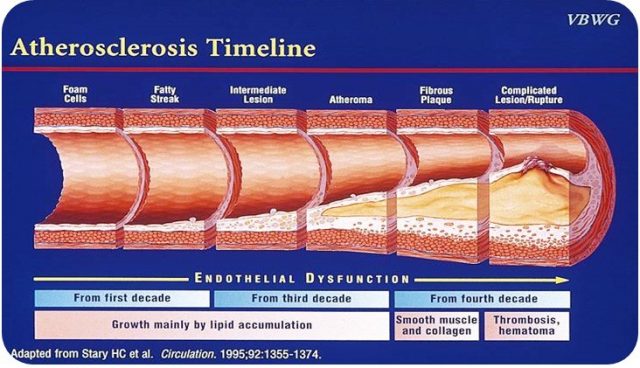The New Diagnostic Paradigm
With many leading researchers now looking at endothelial dysfunction as the risk of all heart risk factors, with atherosclerosis but a symptom of the on-going systemic dysfunction, traditional thinking about heart disease – its diagnosis and treatment – is starting to shift.
Treatments to repair the damage caused by ruptured plaque (stent, medication, angioplasty, CABG) are now viewed as palliative, not curative, in that they don’t heal the damaged endothelium.
They only delay the onset of another plaque rupture.
However, by turning the focus to the health of the endothelium at a much earlier stage in life, by assessing it with non-invasive EndoPAT™ testing, and keeping a healthy,
balanced lifestyle, levels of inflammation can be reduced and the health of the endothelium can be improved, oftentimes dramatically. This is evidenced by rising EndoPAT™ scores.
Each year in the United States, about 785,000 people will have a heart attack for the first time, while 470,000 will have a repeat attack. In about 20% of the cases, death will result. Early diagnosis with EndoPAT, however, offers a real chance to help reduce these figures significantly.



